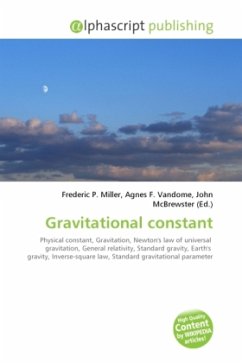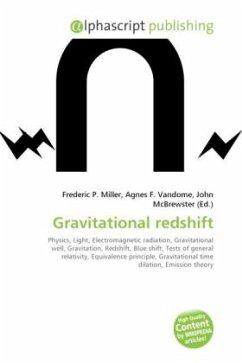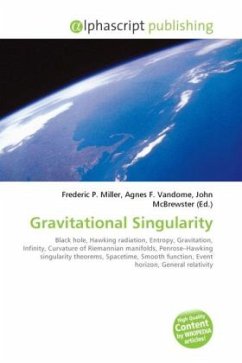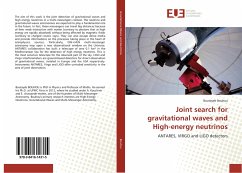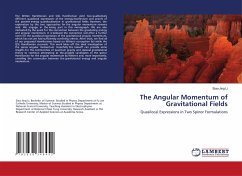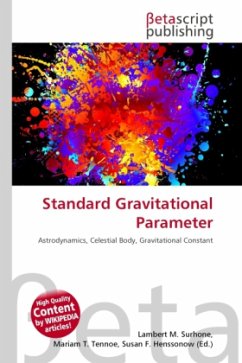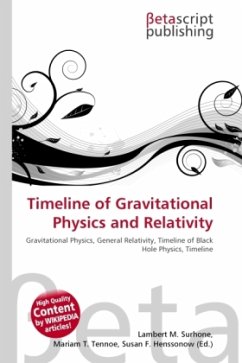
Gravitational microlensing
Versandkostenfrei!
Versandfertig in 6-10 Tagen
45,99 €
inkl. MwSt.

PAYBACK Punkte
23 °P sammeln!
Gravitational microlensing is an astronomical phenomenon due to the gravitational lens effect. It can be used to detect objects ranging from the mass of a planet to the mass of a star, regardless of the light they emit. Typically, astronomers can only detect bright objects that emit lots of light (stars) or large objects that block background light (clouds of gas and dust). These objects make up only a tiny fraction of the mass of a galaxy. Microlensing allows the study of objects that emit little or no light. When a distant star or quasar gets sufficiently aligned with a massive compact foreg...
Gravitational microlensing is an astronomical phenomenon due to the gravitational lens effect. It can be used to detect objects ranging from the mass of a planet to the mass of a star, regardless of the light they emit. Typically, astronomers can only detect bright objects that emit lots of light (stars) or large objects that block background light (clouds of gas and dust). These objects make up only a tiny fraction of the mass of a galaxy. Microlensing allows the study of objects that emit little or no light. When a distant star or quasar gets sufficiently aligned with a massive compact foreground object, the bending of light due to its gravitational field, as discussed by Einstein in 1915, leads to two distorted unresolved images resulting in an observable magnification. The time-scale of the transient brightening depends on the mass of the foreground object as well as on the relative proper motion between the background 'source' and the foreground 'lens' object. Since microlensing observations do not rely on radiation received from the lens object, this effect therefore allows astronomers to study massive objects no matter how faint.





